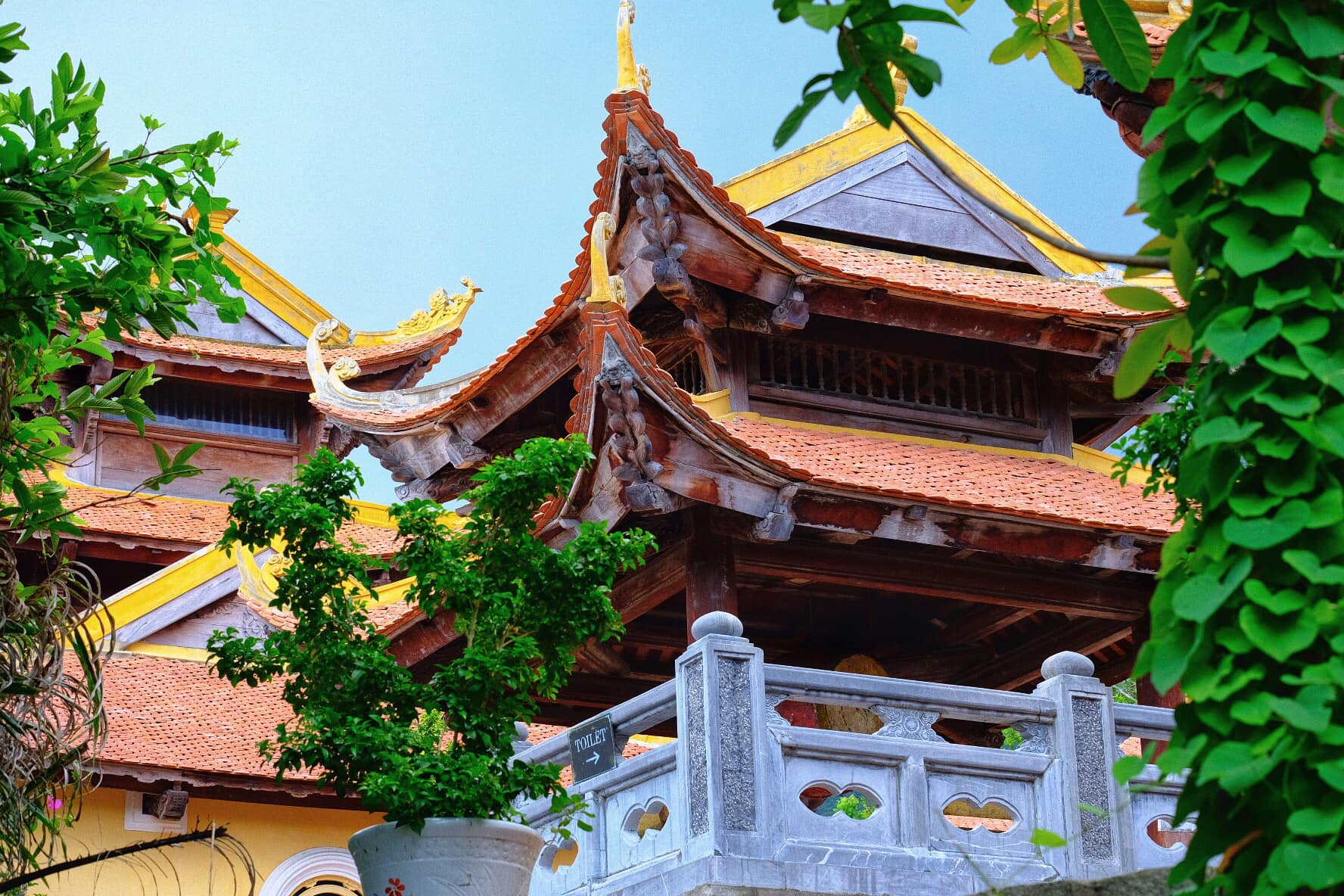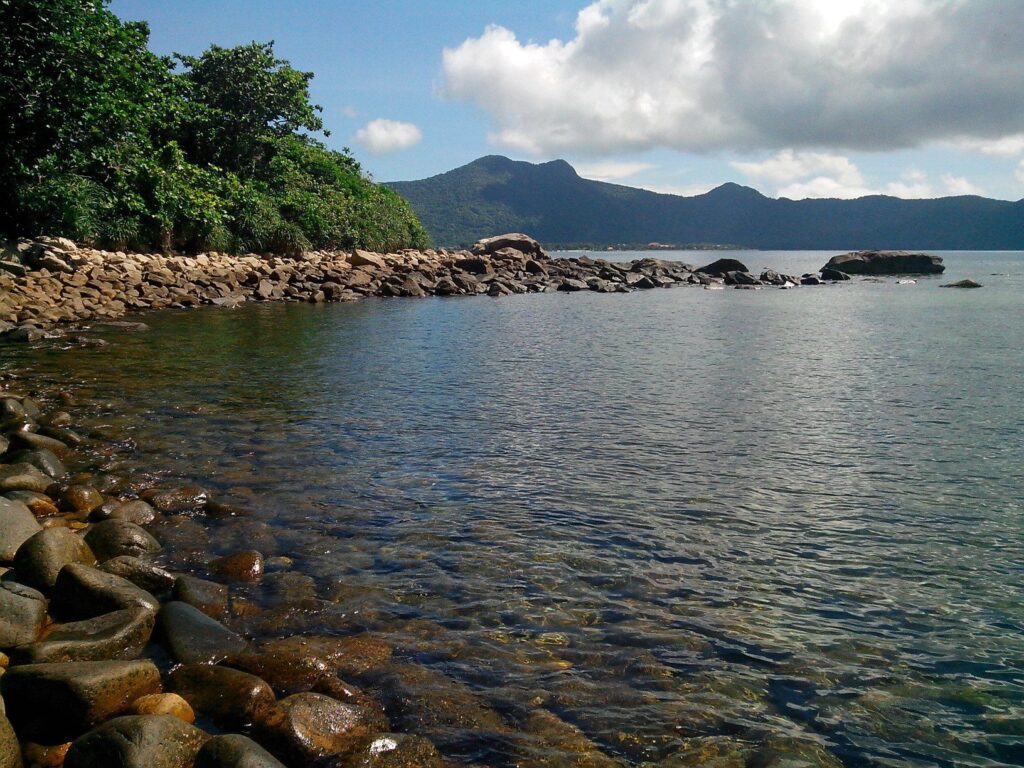Núi Một Pagoda (Vân Sơn Tự) is located on Núi Một Mountain in the Côn Đảo district. It was built in 1964 by the U.S.–backed South Vietnamese regime.
Its purpose was to serve the spiritual needs of the families of administrative officers and soldiers on the island, but it also functioned as a tool for propaganda—to mislead the public, foreign journalists, and international opinion about the brutal prison system and inhumane treatment of political prisoners on Côn Đảo.
Forced Labor in Building the Pagoda
Beginning in the 1960s, the regime intensified forced labor at Côn Đảo Prison under the guise of “community labor,” which was carried out on Sundays.
In April 1965, prisoners serving life sentences—kept in isolation at Camp 2 (Phú Hải)—were forced to build Núi Một Pagoda.
Prisoners had to carry construction materials such as sand, rocks, and cement from the foot of the mountain all the way to its peak.
At the construction site, prisoners resisted fiercely, often expressing their anger through gestures and facial expressions, although they could not openly protest.
By late afternoon, when the prisoners were returned to the camp, the guards did not allow them to bathe or eat as usual. Instead, prisoners were forced to salute the flag and were immediately locked in their cells.
The regime then identified 63 prisoners they believed to be key leaders or organizers and confined them to stone “tiger cage” cells in Camp 2.
The 63 prisoners were packed tightly into two tiny stone chambers—standing room only—so cramped that they could barely move. Air was insufficient, and guards covered the ventilation holes with burlap sacks, effectively turning the two stone chambers into mass suffocation pits.
Several prisoners were asphyxiated.
Among them was comrade Mai Văn Xinh from Bến Tre, who died in the stone chamber on May 1, 1965. His grave is now located in Zone C, Hàng Dương Cemetery on Côn Đảo.

After 1975
After the liberation of Côn Đảo, Núi Một Pagoda became a place of Buddhist worship for island residents. It is part of the island’s system of historical and cultural sites.
On December 4, 2009, the pagoda was officially recognized by Bà Rịa – Vũng Tàu Province as a provincial-level cultural and historical relic (Decision No. 4025/QĐ-UBND).
Architectural and Cultural Value
Vân Sơn Tự is an architectural landmark rich in traditional Vietnamese cultural identity.
Its design symbolizes the spirit of the Vietnamese people—steadfast, resilient, and unyielding in the face of hardship.
The pagoda harmonizes beautifully with the surrounding natural landscape and is closely connected to the historic site system of Côn Đảo.
It serves as a gateway landmark for visitors to the island, and as a sacred, peaceful place where both residents and tourists can offer prayers and seek spiritual tranquility.
Due to deterioration over time, the pagoda underwent major restoration, beginning on August 13, 2010 and was officially re-inaugurated on December 4, 2011.









